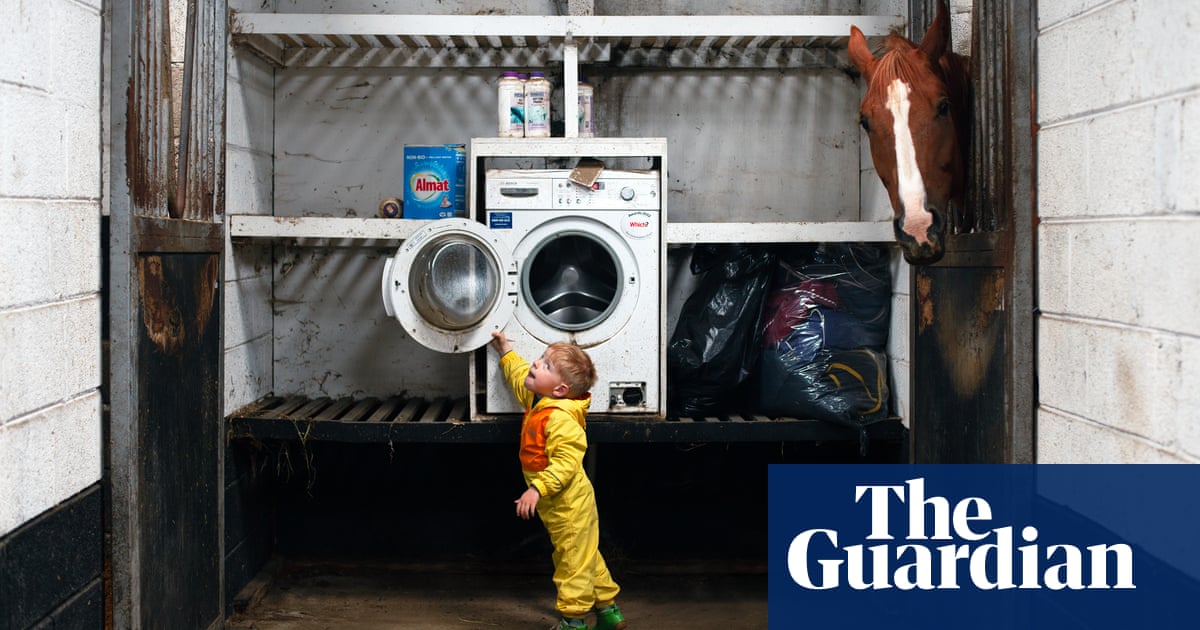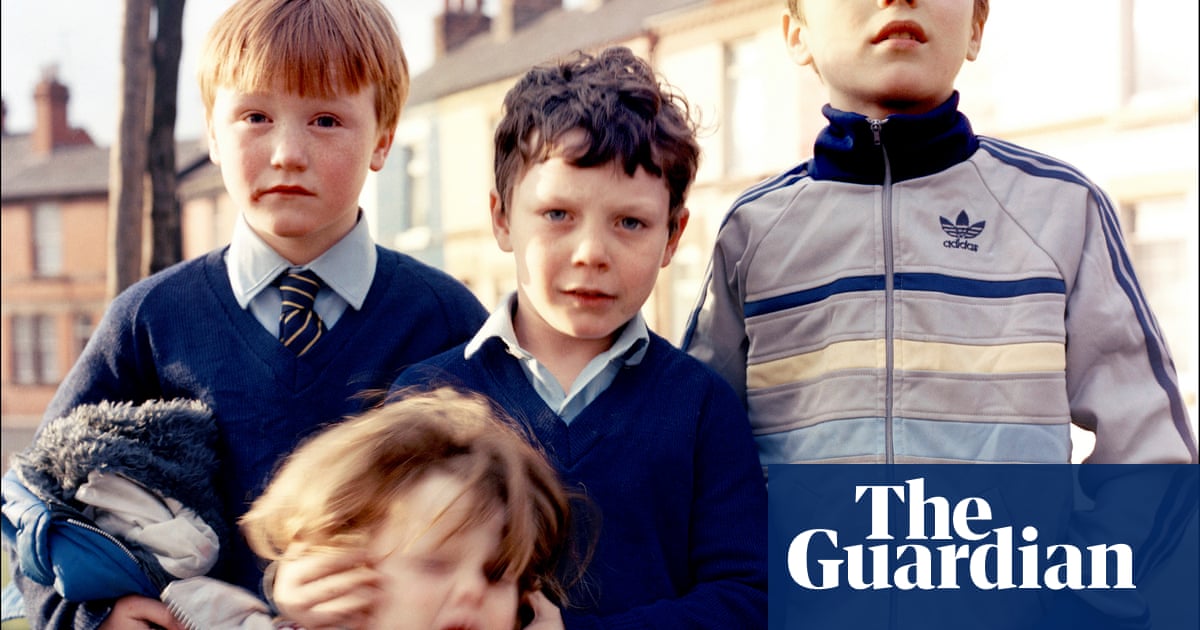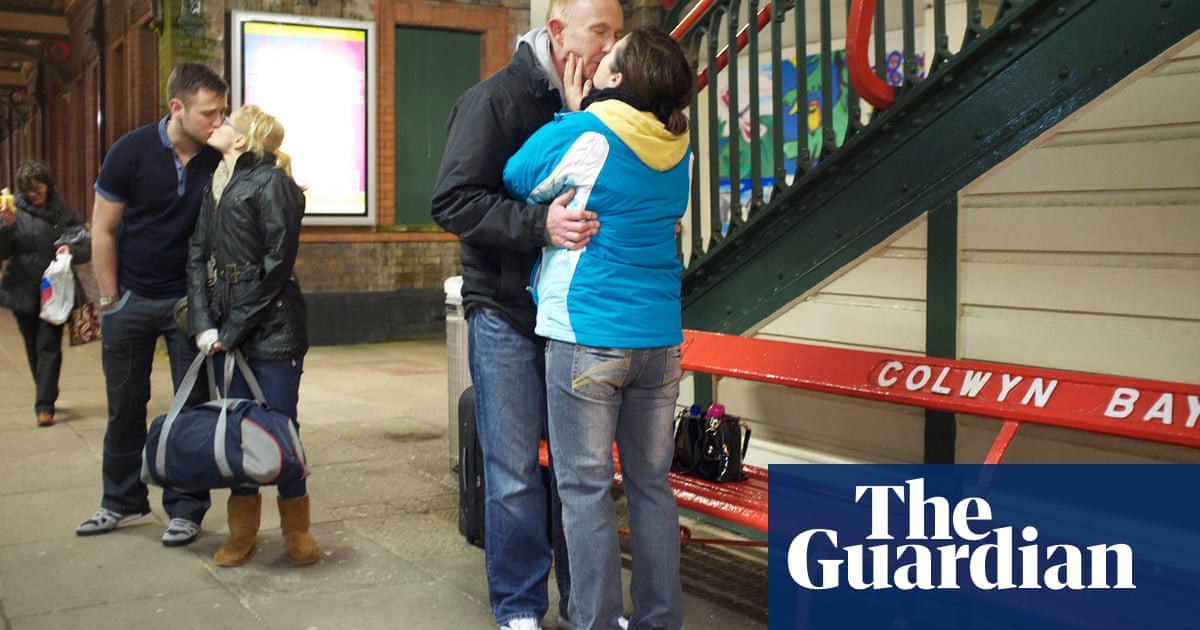
shot this in Brooklyn in 2017. For four years, I had been working on a series about LGBTQ African immigrants in 10 countries, across North America, Europe and the Caribbean, but I had no group shots. I started thinking about how we interact with each other for support. I wanted to capture that.
I already knew Mai’Yah, the woman furthest to the right, from a shoot two years earlier. She said there were three other women in New York she was in conversation with who were also queer and African. From the left, they are Badu (who is Ivorian), Yéwá (Nigerian) and Amadi (Nigerian). Mai’Yah is Liberian.
The weather is the fifth character in this image, but that wasn’t planned. I took a bus up to New York from Washington DC, where I was living. Just as I arrived, a huge blizzard hit. That added challenges. But at the same time, I like to let a shoot breathe. I don’t go in saying: “I’m going to shoot these people against this wall in this certain pose.”
The magic starts to happen before the images are taken. All the trains were cancelled because of the weather, so instead of shooting at the location we’d chosen everyone just came to where I was staying. I cooked Swedish pancakes, while they picked out what to wear. Throughout the series, called Limitless Africans, I asked my models to choose adornments that made them feel whole, as both queer and African people. We were listening to Afrobeat – I distinctly remember Skintight by Mr Eazi – and dancing, vibing.
By the time we started, it was so cold we could only be outside for about 15 minutes at a time. It was really stressful. I kept slipping. The models were getting wet and literally freezing. The camera focus kept going in and out, because of the snow. The shot right after this one was totally blurred. It was all really quick and experimental – I couldn’t even look at the back of the camera to see how the images were coming out.
After a few shots, we went back inside. Everybody had a rush of adrenaline. Then they looked through the photos and saw this image, the snow swirling around them like some kind of incantation. There was music playing again, with everybody smiling and laughing and saying how much they loved it all. It was an incredible moment.
I grew up as a queer Nigerian immigrant, feeling totally isolated and alone. So being able to produce an image that explored this idea of community – of people coming together, particularly in a cityscape as beautiful as this one – was transformative. Healing, even. That theme echoes across the series: how do we heal, having been told that we cannot be both queer and African, that we cannot exist, that we do not deserve to belong?
When black people are visualised, one thing that is typically left out is nuance. It’s always: “Oh, we have to be strong and tough.” Whereas every time I come back to this photo, there’s a new level of nuance evoked by the gazes, the snow on the eyelashes, on the hair, and on the brownstone above. There is both strength and tenderness, softness. The models were mostly 18 or 19, so there is also a childish playfulness here that speaks to the transition to adulthood. They are stepping into who they are.
Meaning evolves. Now, particularly with all of the protests after the killing of George Floyd, the work becomes a statement, an assertion of life. If we think about what snow evokes, it is the west, Europe, the far north. Historically, these are spaces that have not been welcoming to black people. They’ve been hostile, violent. There’s a shot of the Black Panthers in the snow by Hiroji Kubota where you see that same idea of black people asserting ourselves in a space of snow, asserting selfhood even as the world tries to tell us that we can’t. We’re going to take it for ourselves, just like we did on this street, in the face of the elements.
• Limitless Africans by Mikael Owunna is published by Fotoevidence.
Mikael Owunna’s CV
Born: Pittsburgh, 1990.
Training: Biomedical engineering, history at Duke University, North Carolina.
Influences: “Zanele Muholi, Seydou Keïta, Malick Sidibé, James Van Der Zee.”
High point: “The publication of my Limitless Africans book.”
Low point: “Struggling with my sexuality in Nigeria.”
Top tip: “Always reimagine.”
• See our gallery from Limitless Africans.












